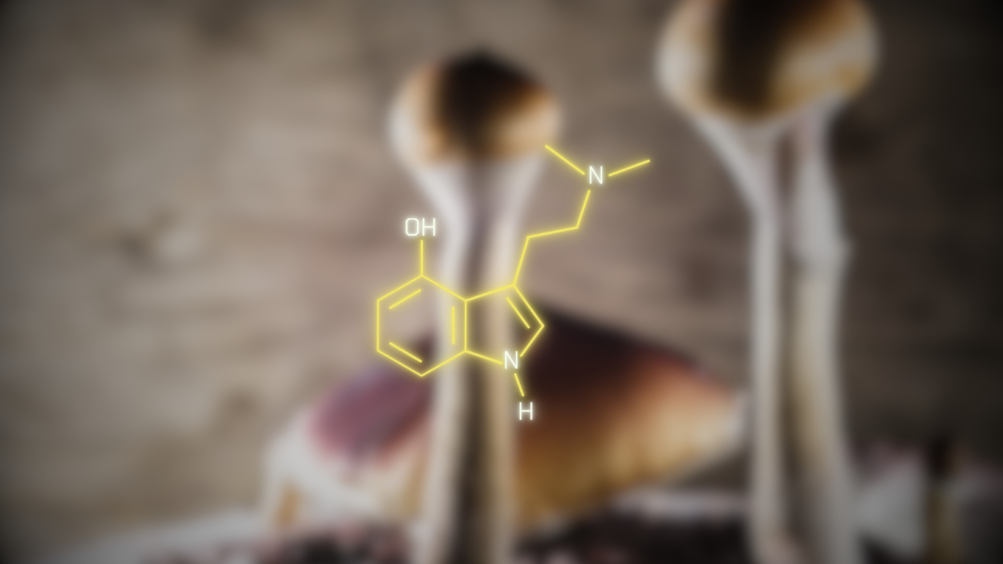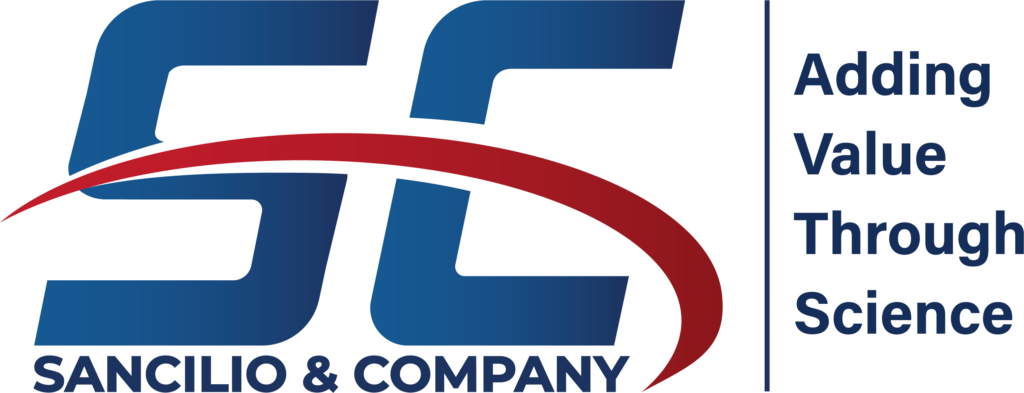A Breakthrough in Psychedelic Research: Psilocin the Active Metabolite in Psilocybin

Introduction
For millennia, humanity has had a profound connection with certain species of mushrooms, particularly Psilocybe cubensis, which contain two remarkable chemical compounds: psilocybin, the predominant component and psilocin in small quantities. These fungi have been used in various ritualistic ceremonies, healing practices, and for inducing euphoria and a sense of well-being. In the world of psychedelics, these mushrooms have long been regarded as “magic mushrooms.” However, the true magic lies not in psilocybin but in its metabolite, psilocin.
The Role of Psilocin
Psilocybin, reported to be the primary psychoactive compound found in magic mushrooms, might surprise you—it is not psychoactive in its natural state. Instead, it needs to be converted into its active form, psilocin, by specific enzymes in the body. This unique characteristic has made psilocin a challenging subject for scientific research due to its inherent instability. Pure psilocin rapidly degrades, making it unsuitable for most research endeavors.
A Glimpse into the Future
In recent times, a small group of researchers has embarked on a journey to stabilize psilocin, opening doors for fundamental clinical research. Among these pioneers is Lobe Sciences, Ltd., based in Vancouver, British Columbia, Canada (CSE: LOBE, OTCQB: LOBEF). In late 2022, Lobe Sciences filed patents for various psilocin salts, conjugates, and esters following a partnership with scientists at Quality Chemical Laboratories (QCL) and Sancilio & Company. Unlike psilocybin, these novel chemical entities do not require metabolism to become active substances. This distinction is significant because the absorption and conversion of psilocybin to psilocin can be highly variable, potentially impacting its therapeutic efficacy. In contrast, psilocin and its derivatives offer a more predictable path to therapeutic application.
A Glimpse into Clinical Research
Human clinical trials are currently underway, focusing on one of these novel entities: psilocin mucate. Lobe Sciences is optimistic about the stability, physical-chemical properties, and dissolution characteristics of their Mucic acid conjugate, making it an ideal candidate for pharmaceutical development. While the full data from these clinical trials will be published upon completion, initial reports suggest that this new chemical entity may outperform psilocybin based on published data.
Unleashing the Power of Psilocin
To understand the significance of these breakthroughs, it’s essential to grasp the intricacies of how psilocybin works. As a “pro-drug,” psilocybin relies on a specific enzyme to break it down into “free psilocin.” Only then does this metabolite begin to interact with receptors in the brain, particularly the 5-HT 2a serotonin receptor. The interaction between psilocin and this serotonin receptor plays a pivotal role in regulating various brain functions, including mood and emotions. For decades, stringent government regulations have hindered research into both psilocybin and psilocin, leaving the full potential of psilocin largely unexplored.
A New Era of Possibilities
Psilocin mucate and other intellectual properties held by Lobe Sciences could pave the way for a comprehensive exploration of neurological applications. Ongoing research in toxicology, pharmacology, and clinical studies at Lobe Sciences has the potential to revolutionize our understanding of this ancient and misunderstood substance. As the landscape of psychedelic research evolves, we may be on the cusp of unlocking the full potential of psilocin, shedding light on its wide range of new therapeutic indications.
Conclusion
The magic in the magic mushroom is not just folklore; it’s grounded in science and potential. The journey to stabilize psilocin represents a significant step forward in psychedelic research. As Lobe Sciences and other pioneers continue their work, we may witness a transformation in how we perceive and utilize this ancient and enigmatic compound. In the coming years, psilocin’s true potential could reshape the landscape of neurological medicine, offering hope for new treatments and a deeper understanding of the human mind.
